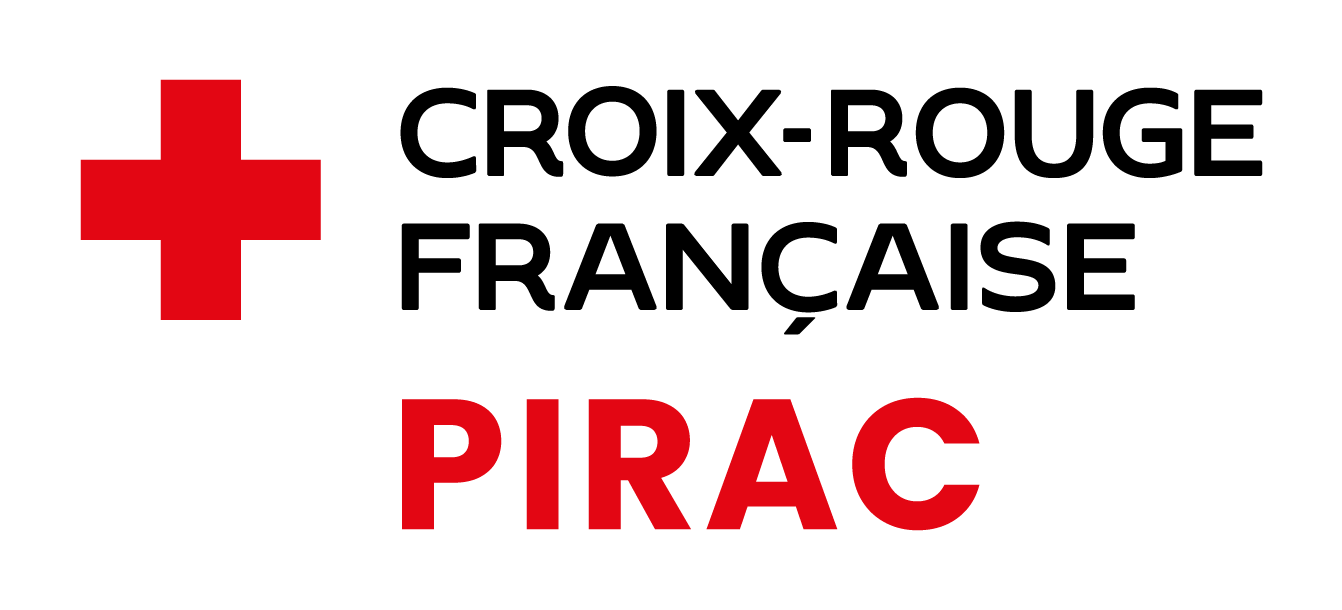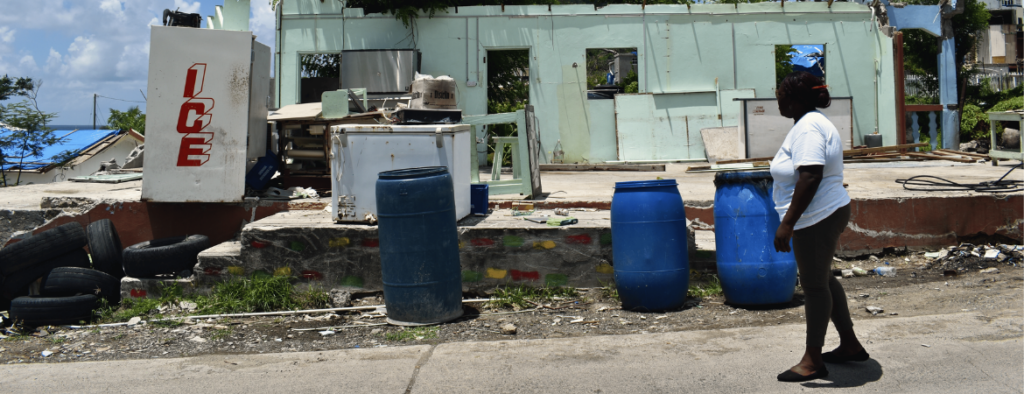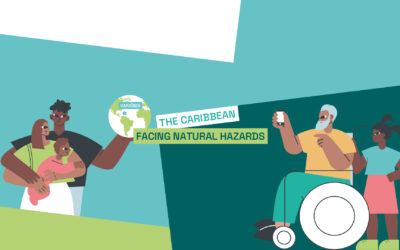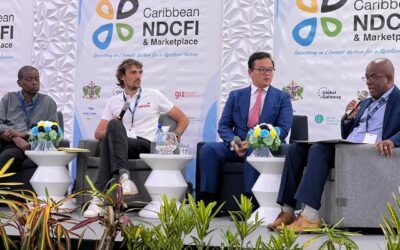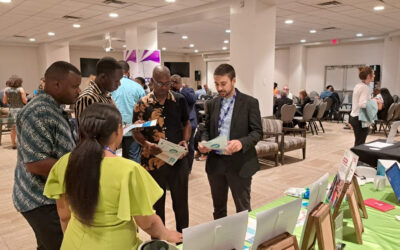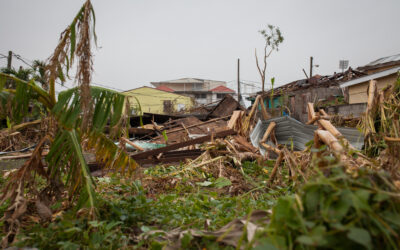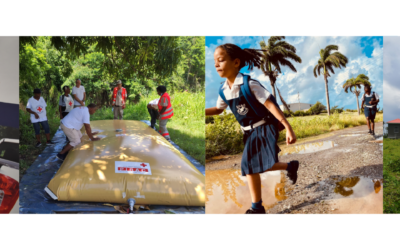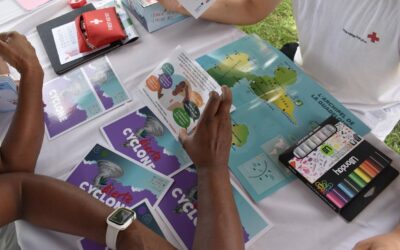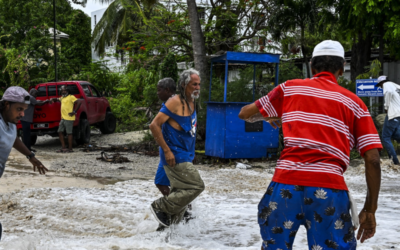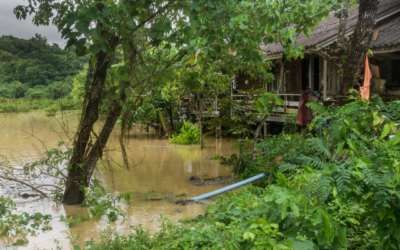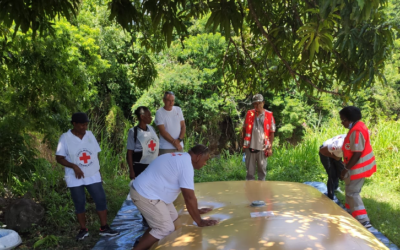On July 1, Hurricane Beryl ravaged the south-east Caribbean, sweeping away everything in its path with maximum force. With houses razed to the ground, infrastructure destroyed and no electricity or water supply, Beryl hit the islands of Grenada and Saint-Vincent and the Grenadines particularly hard, impacting the lives of almost 80,000 inhabitants. From the very first days of the disaster, PIRAC-French Red Cross activated its emergency response mechanism and launched a parallel appeal for donations to bring aid to the victims. Recently on the ground in Carriacou, one of the islands hardest hit by the hurricane, it continues to support the Grenada Red Cross and to assess local needs.
Three months after, humanitarian aid continues
In Carriacou, the situation is still in a state of emergency: electricity is struggling to be restored, the main shops have been totally destroyed and there are still problems with access to water. By destroying 95% of buildings, the hurricane forced thousands of people to live without a roof over their heads, to move into alternative shelters or to seek refuge with other families.
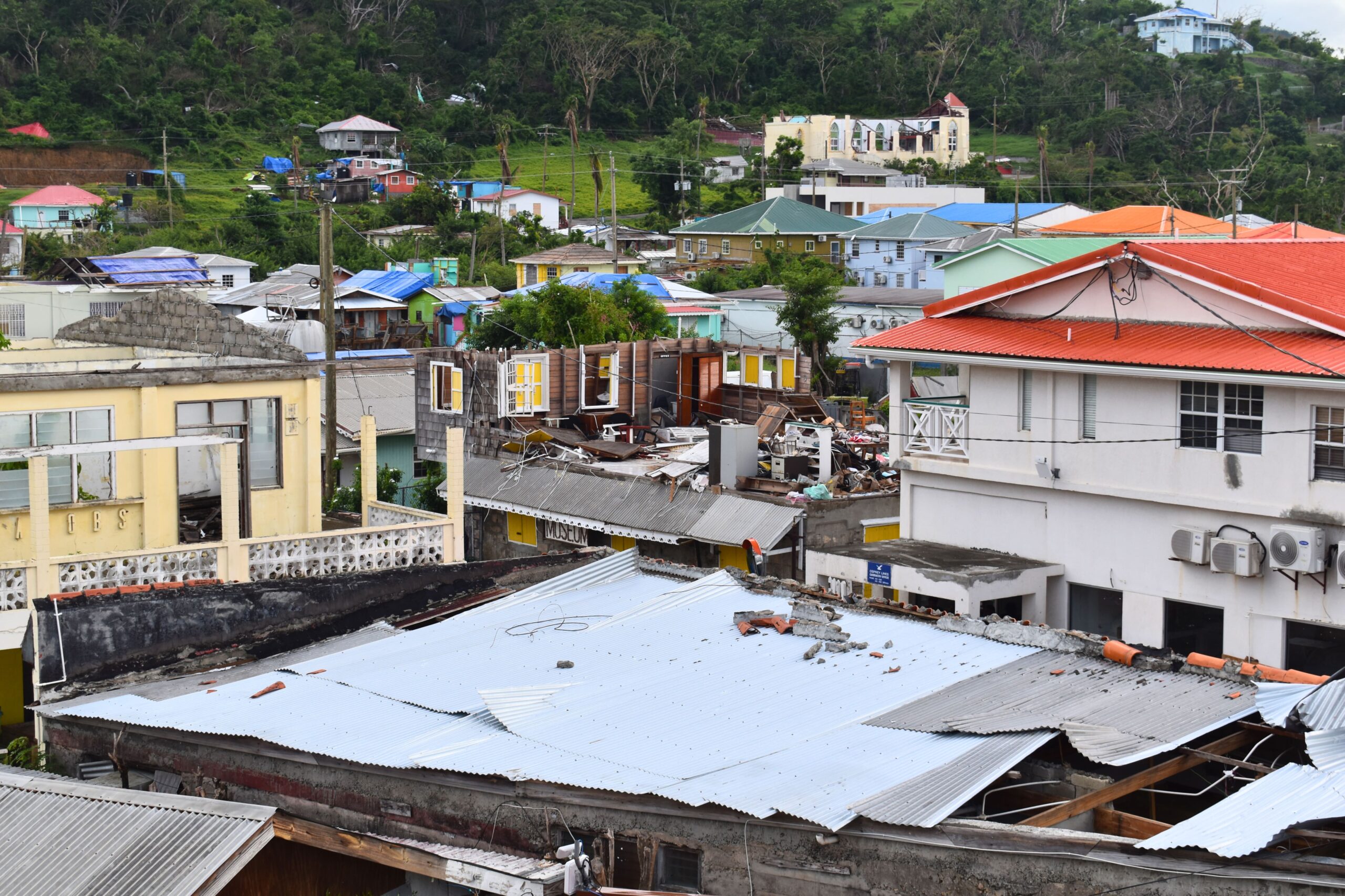
The center of the island. Most buildings and houses still lack roofs and are covered by tarpaulins.
From the very first hours of the disaster, Grenada Red Cross volunteers were able to distribute 40 family kits (tarpaulins to cover houses, kitchen kits, hygiene kits, buckets, DIY tool kits, etc.) already pre-positioned in the PIRAC storage warehouse built in Carriacou in 2020. A further 400 family kits were quickly dispatched by PIRAC, with the help of the French Armed Forces in the Antilles, from its regional warehouse in Martinique: 200 for Union Island, 200 for Carriacou.
“Despite the strength of the Category 4 hurricane, we were able to see for ourselves the resilience of the two PIRAC warehouses based respectively on the island of Carriacou and in the extreme north of Grenada, both of which were severely impacted. The warehouses suffered only minor damage, but stood up perfectly to the strong winds. Thanks to this, distributions of pre-positioned family kits were able to get underway in the first few days following the disaster.”
Joël Cachera, PIRAC emergency preparedness and response coordinator
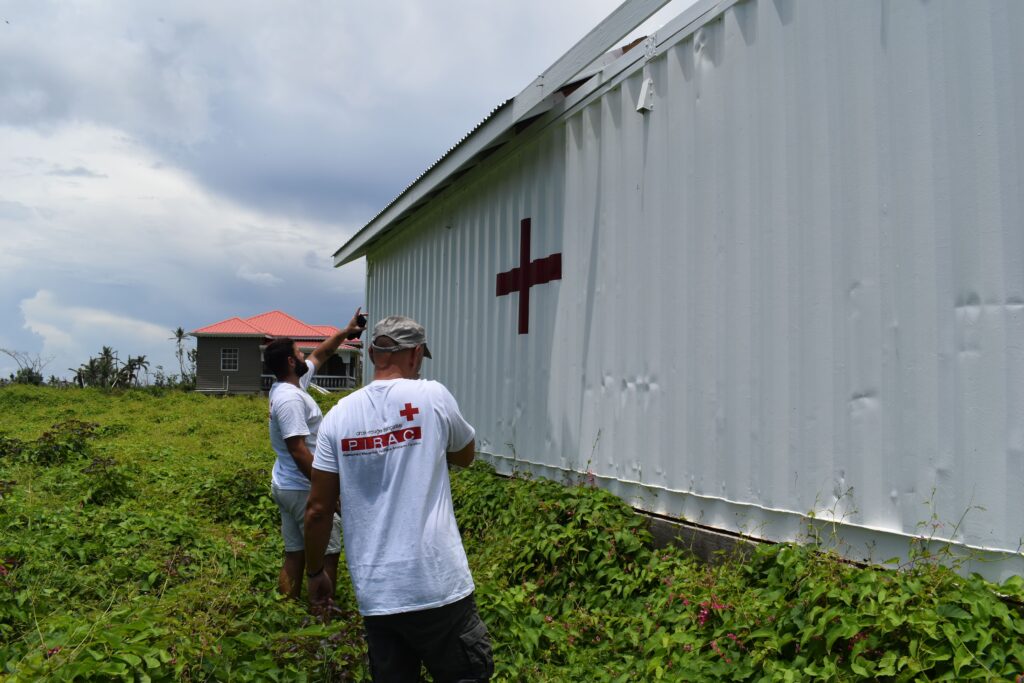
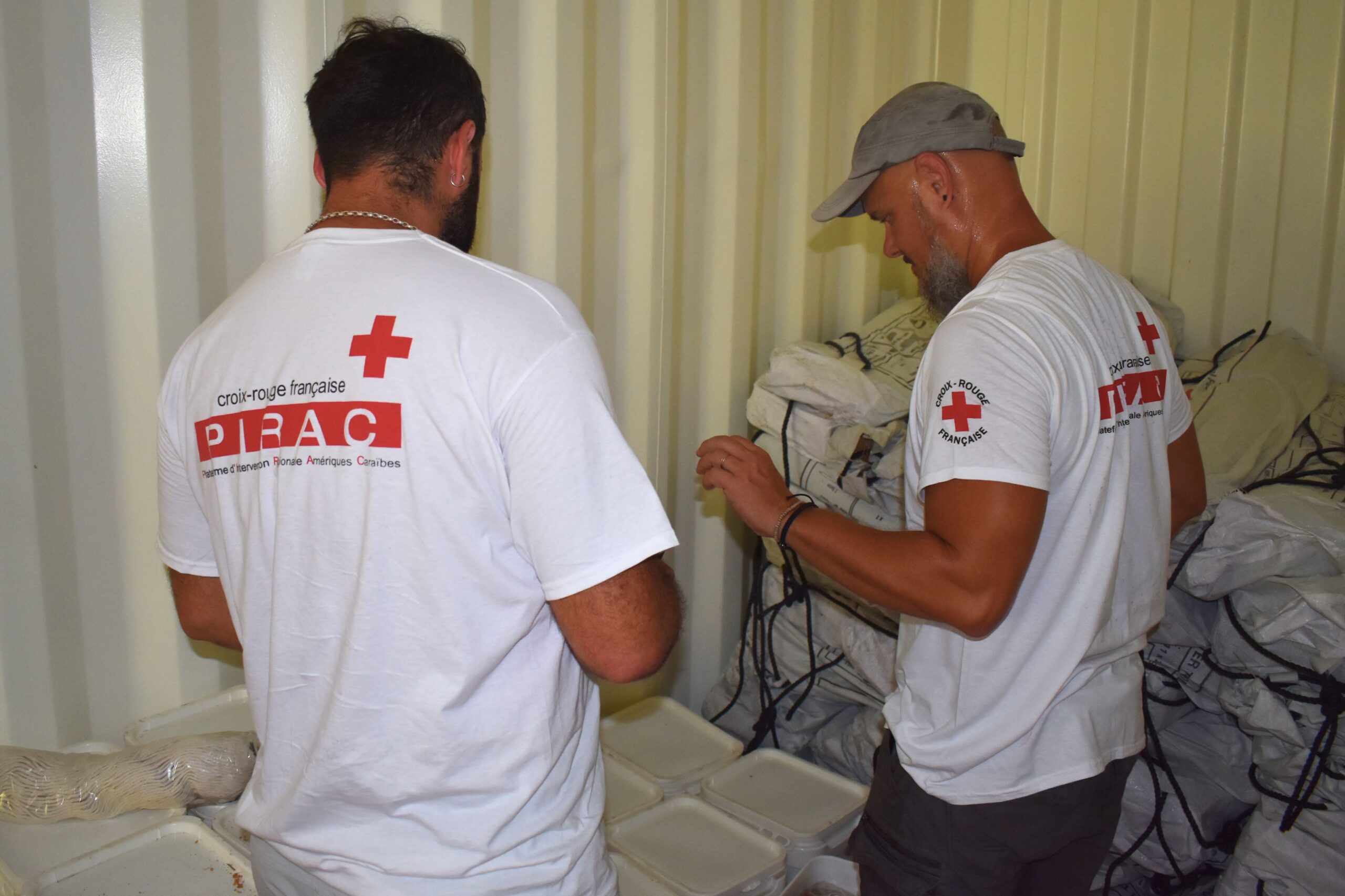
The PIRAC warehouse in Carriacou, By withstanding the hurricane, it enabled the urgent distribution of essential goods to the affected populations.
In the field, the PIRAC emergency team, accompanied by the Grenada Red Cross, was able to take stock of the situation and assess the needs, which are still crying out to be met. Although the reconstruction of buildings and infrastructure has begun to take shape, certain essential needs remain unsatisfied: access to drinking water, food and the rebuilding of homes remain difficult for part of the population, despite efforts to speed up the recovery process.

The ruins of one of the island’s busiest businesses.

Une maison détruite par l’ouragan.
Chadlyn, a long-standing volunteer with the Grenada Red Cross and originally from Carriacou, sees this on a daily basis, and emphasizes the unprecedented impact of the hurricane on geographically isolated people.
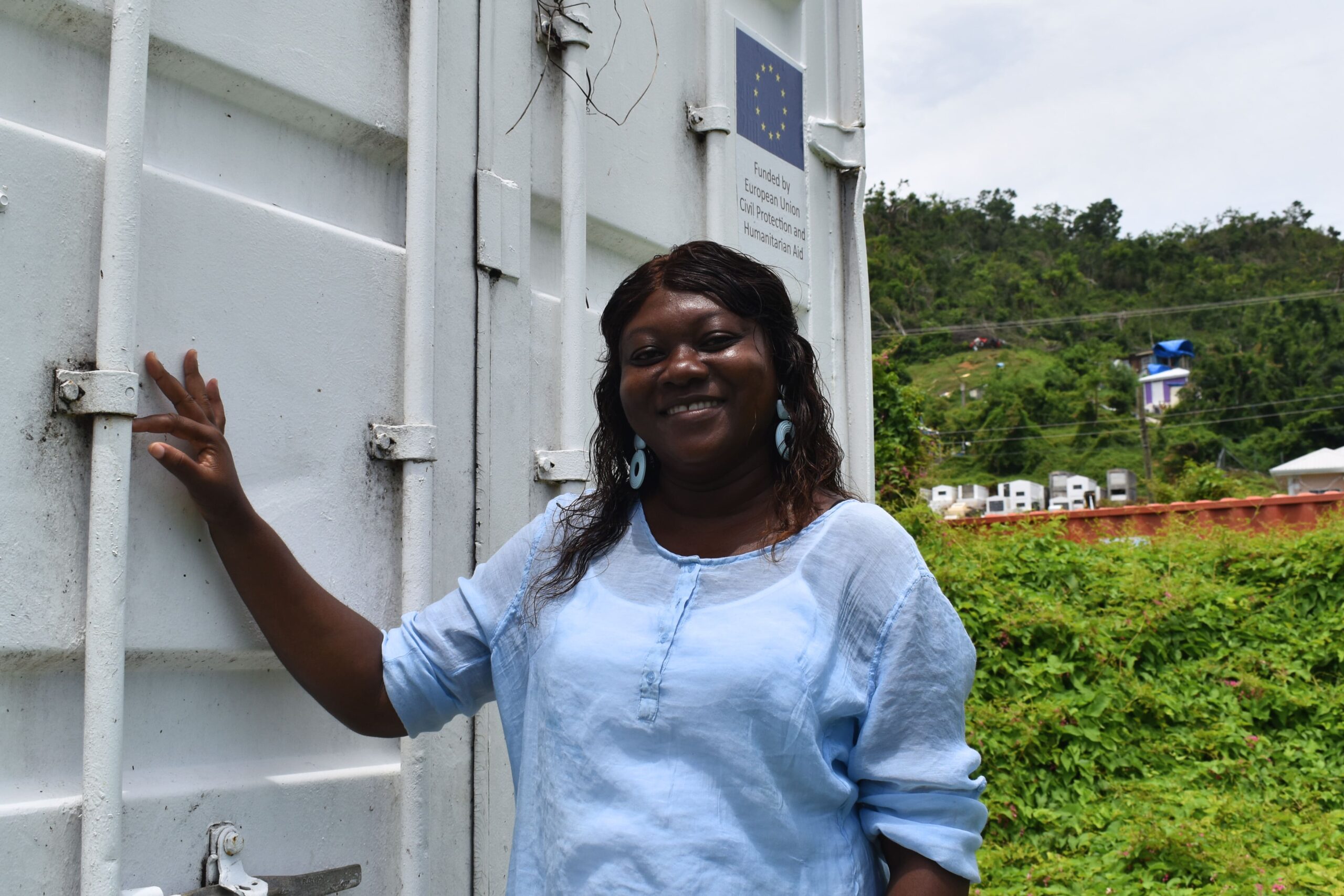
Chadlyn, a volunteer with the Grenada Red Cross in Carriacou for several years.
The collective strength and resilience of communities in the face of hardship
Since childhood, Chadlyn has always felt a strong desire to help others. It’s something that’s part of me,” she confides. Her words resonate with those of many Carriacou and Granada residents, who quickly mobilized to help their friends, neighbors and even strangers. Their support came in many forms: some volunteered for the Red Cross and took part in the almost daily distributions on the island, others opened local micro-shops, while still others contributed to the renovation of destroyed houses.
Such is the case of Kerry, 40, born in Carriacou and working in the construction industry. Although he himself lost his home, he is finding the strength he needs to help rebuild those of others: “I haven’t completely rebuilt mine yet. There’s a lot to do for others”.
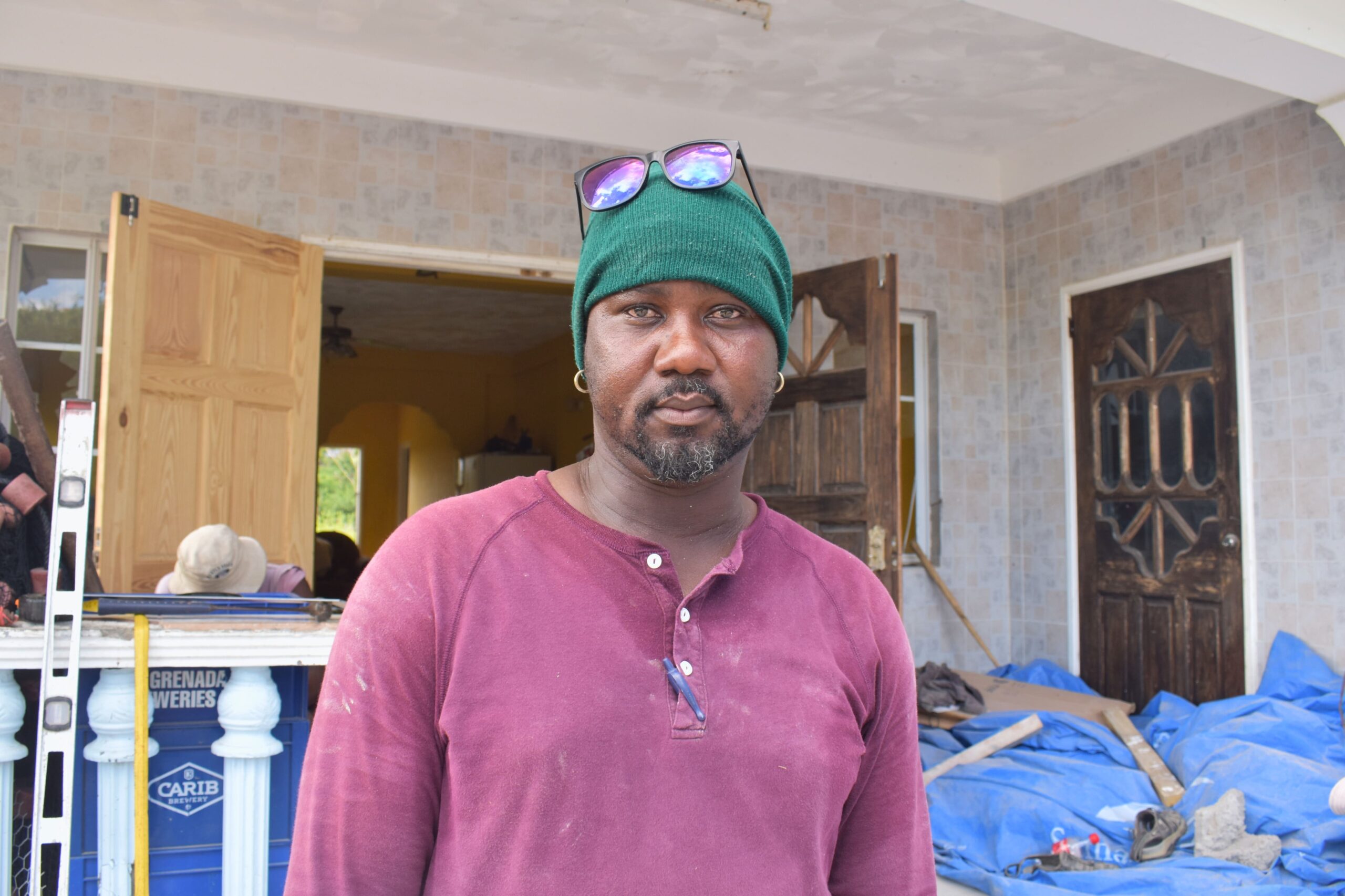
Kerry, posing in front of the house he is currently rebuilding in Carriacou.
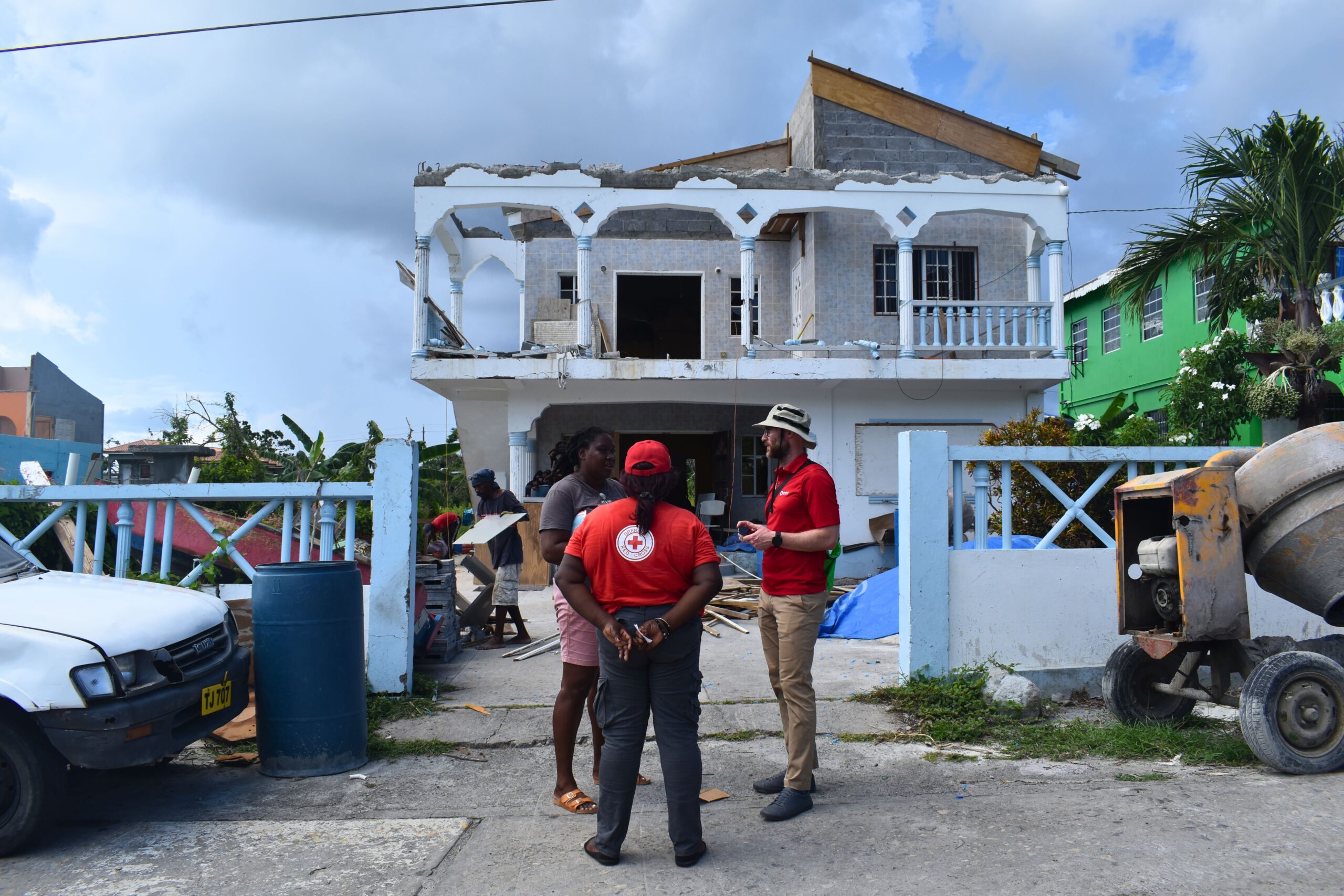
Lu-Ann McGuire, (Grenada Red Cross) and Peter Hooper (IFRC), with the owner of the house, renovated by Kerry and her team.
A month and a half: that’s how long Kerry estimates it will take to completely rebuild a single house. An average that says a lot about Beryl’s impact and the number of years it will take Carriacou to fully recover. Despite the chaos, a spirit of solidarity and volunteerism reigns on the island, which is gradually returning to a semblance of normality. A case in point is the reopening of schools, set up with the help of tents, since September 30.
Long-term action to strengthen preparedness for natural disasters
Drawing on the field expertise of the Grenada Red Cross, three months after the disaster, PIRAC continues to work alongside volunteers and the International Federation of Red Cross and Red Crescent Societies. Over the coming months, the focus will be on preparing and strengthening the capacity of the local Red Cross to better prepare for any future natural disasters. With this in mind, the two warehouses built by PIRAC, located in Carriacou and Grenada, will be strengthened and upgraded, as well as restocked with essential goods to ensure a rapid and effective response in emergency situations. Other post-emergency actions are already planned to obtain new funding and launch activities in the field.
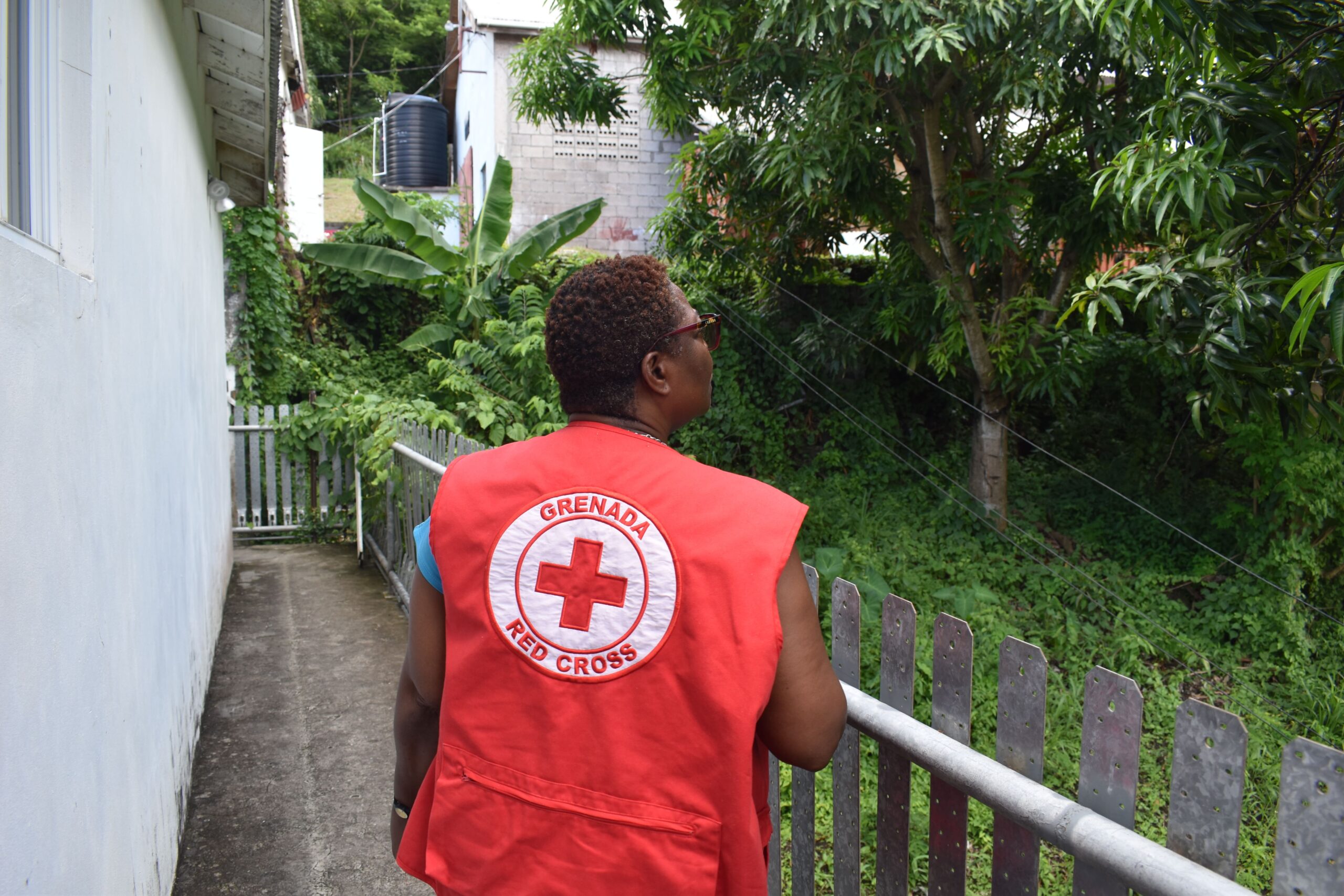
Stéphanie, a volunteer with the Grenada Red Cross. She looks forward to better days for the people of Carriacou and neighboring islands affected by the hurricane.
Photo credits : Laura Crépin
